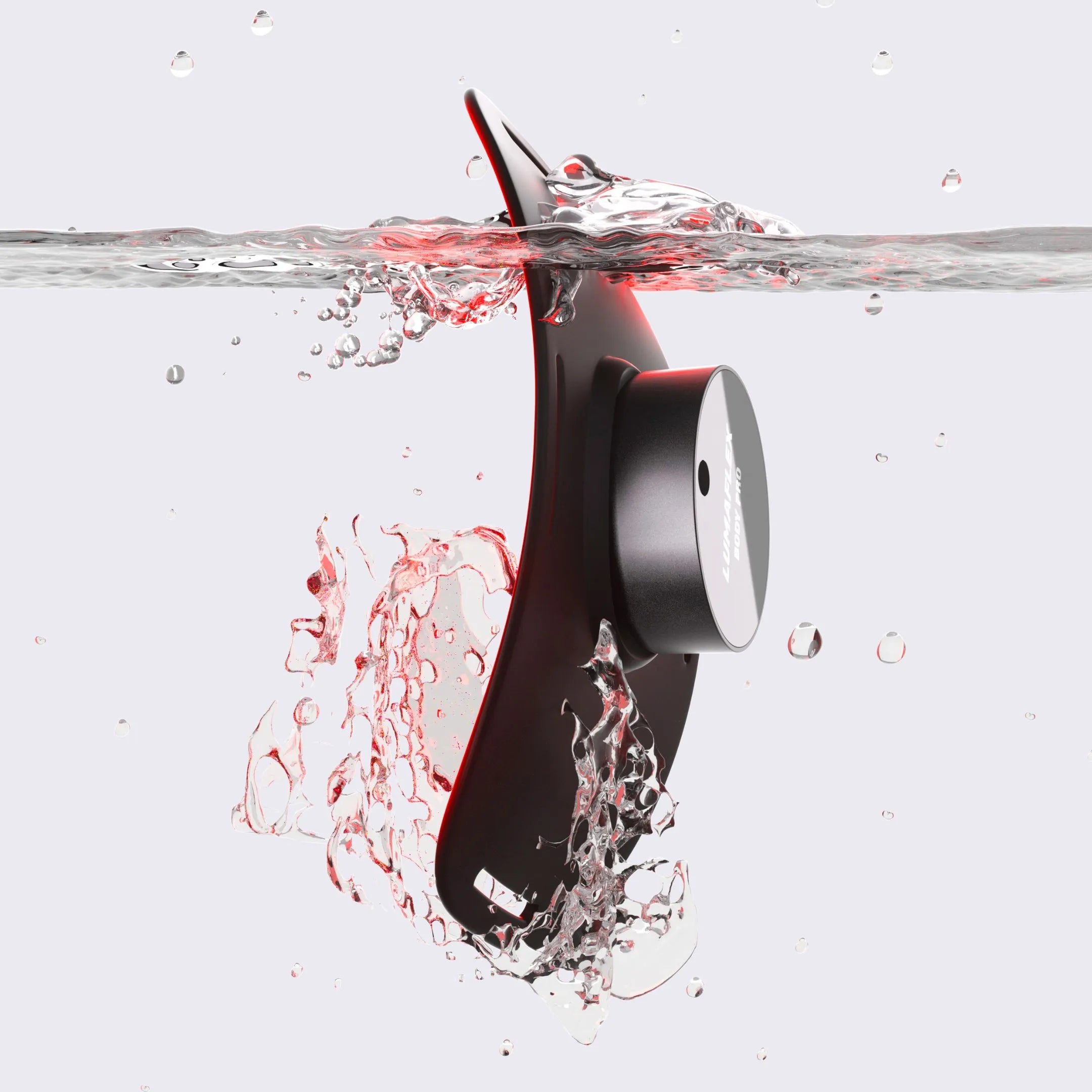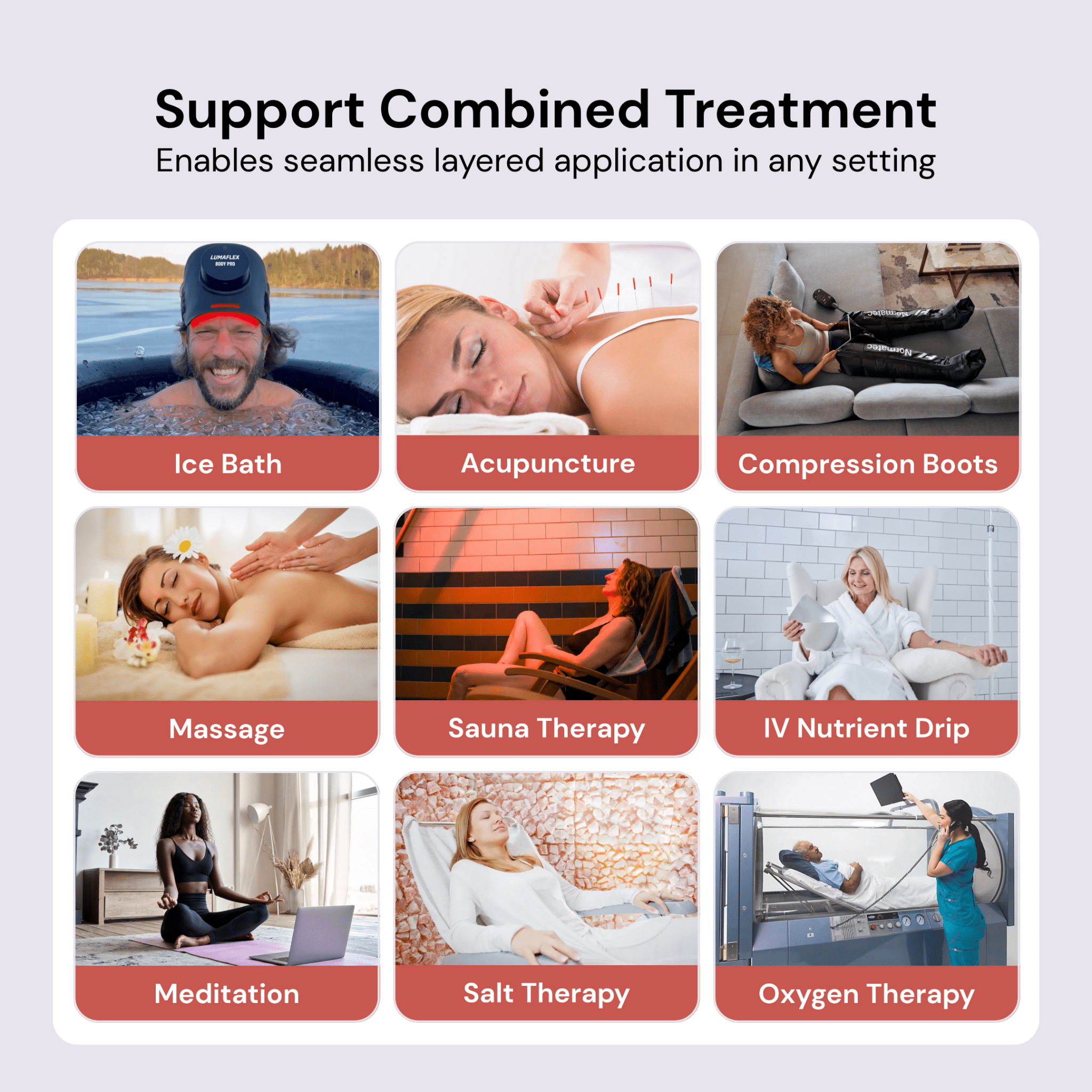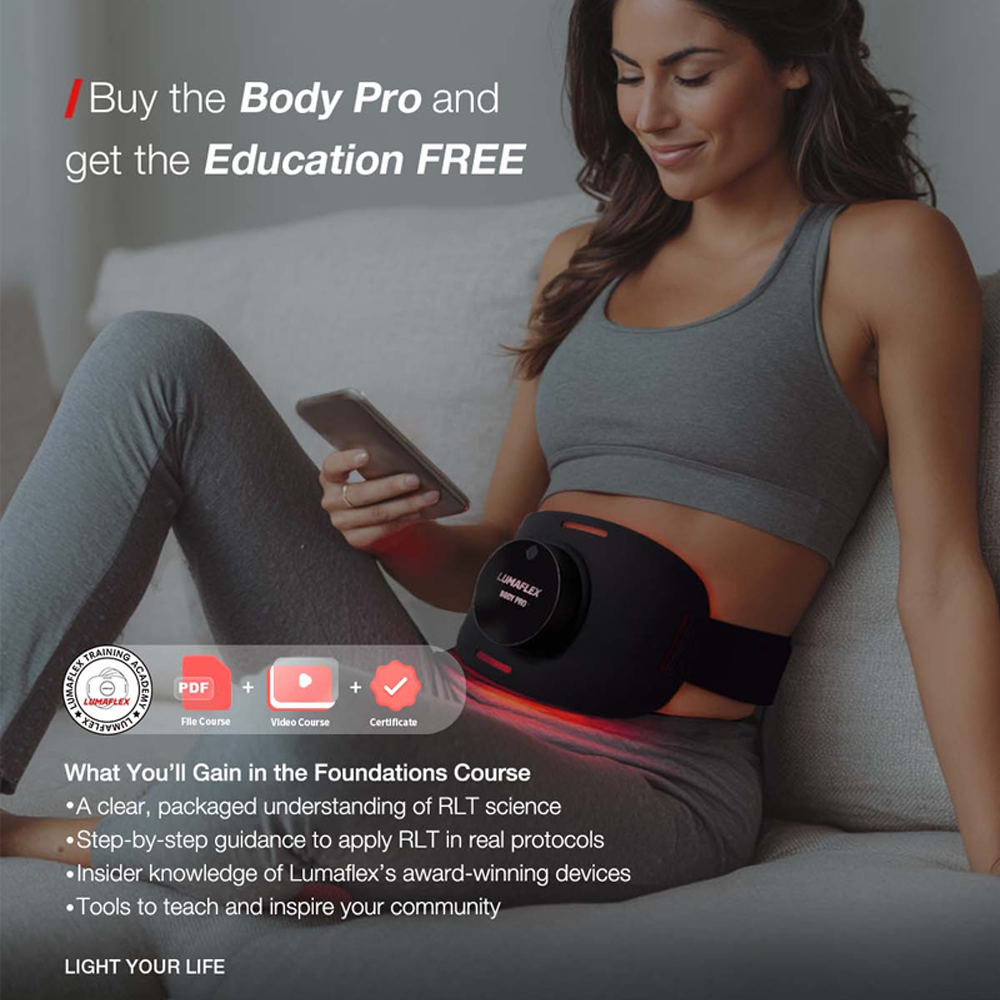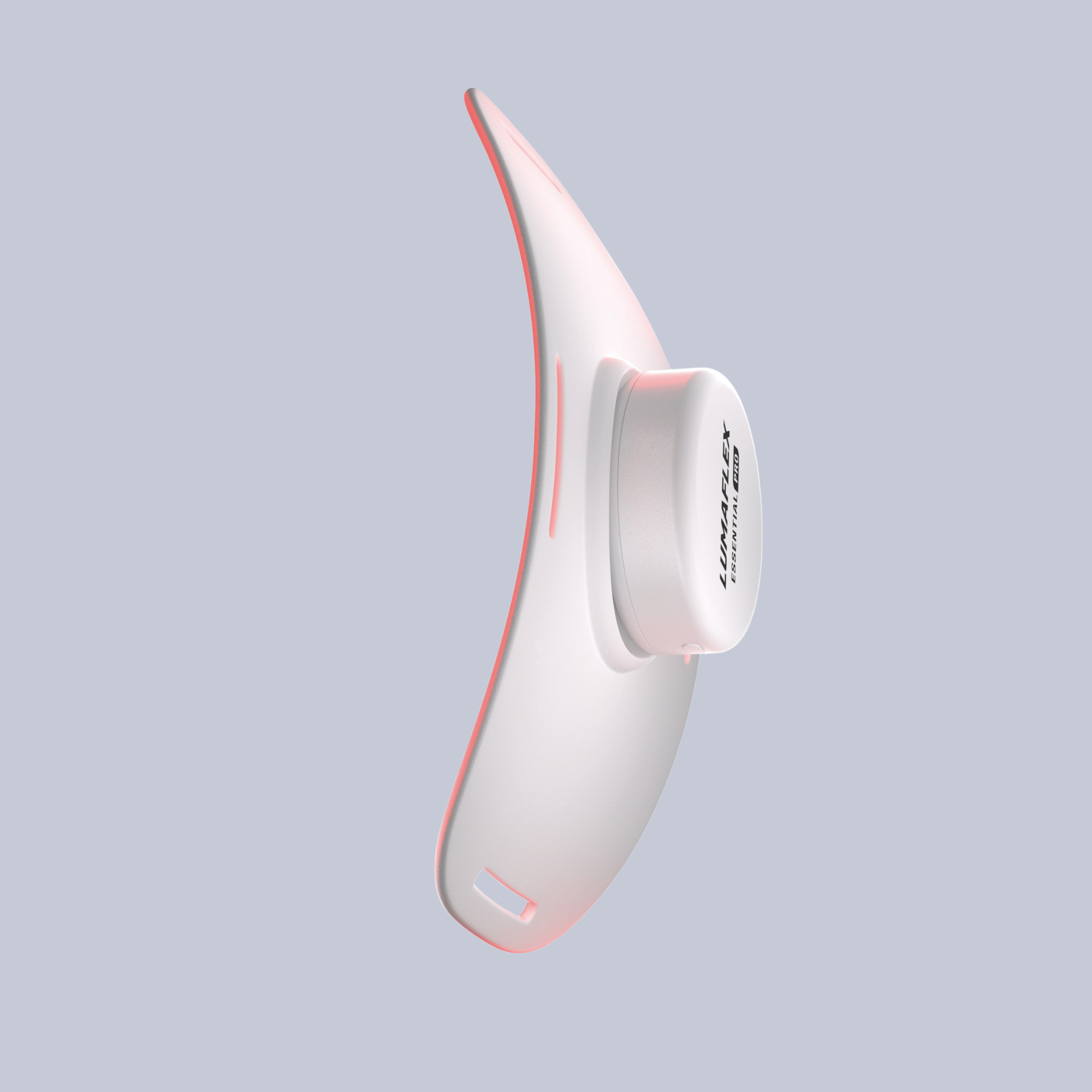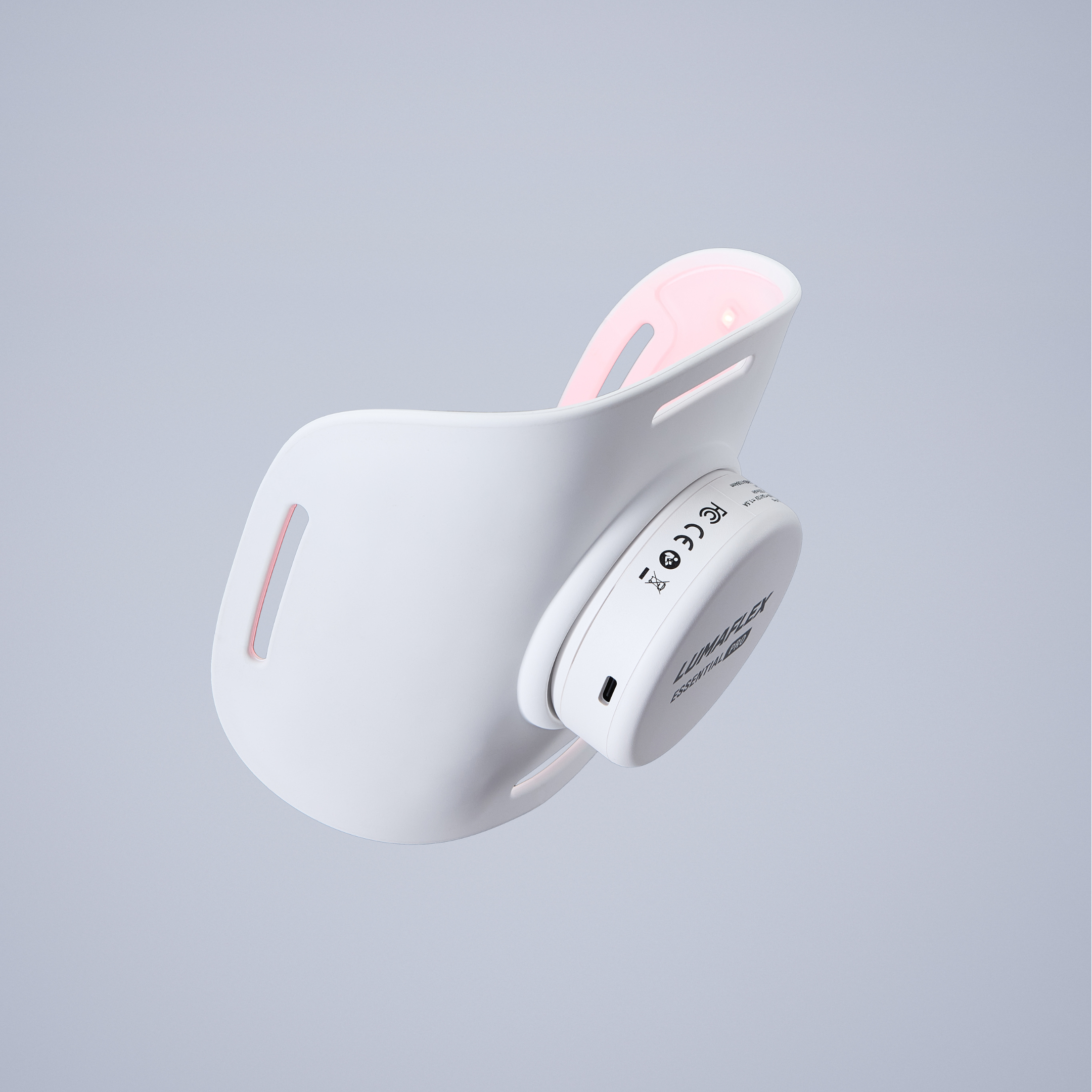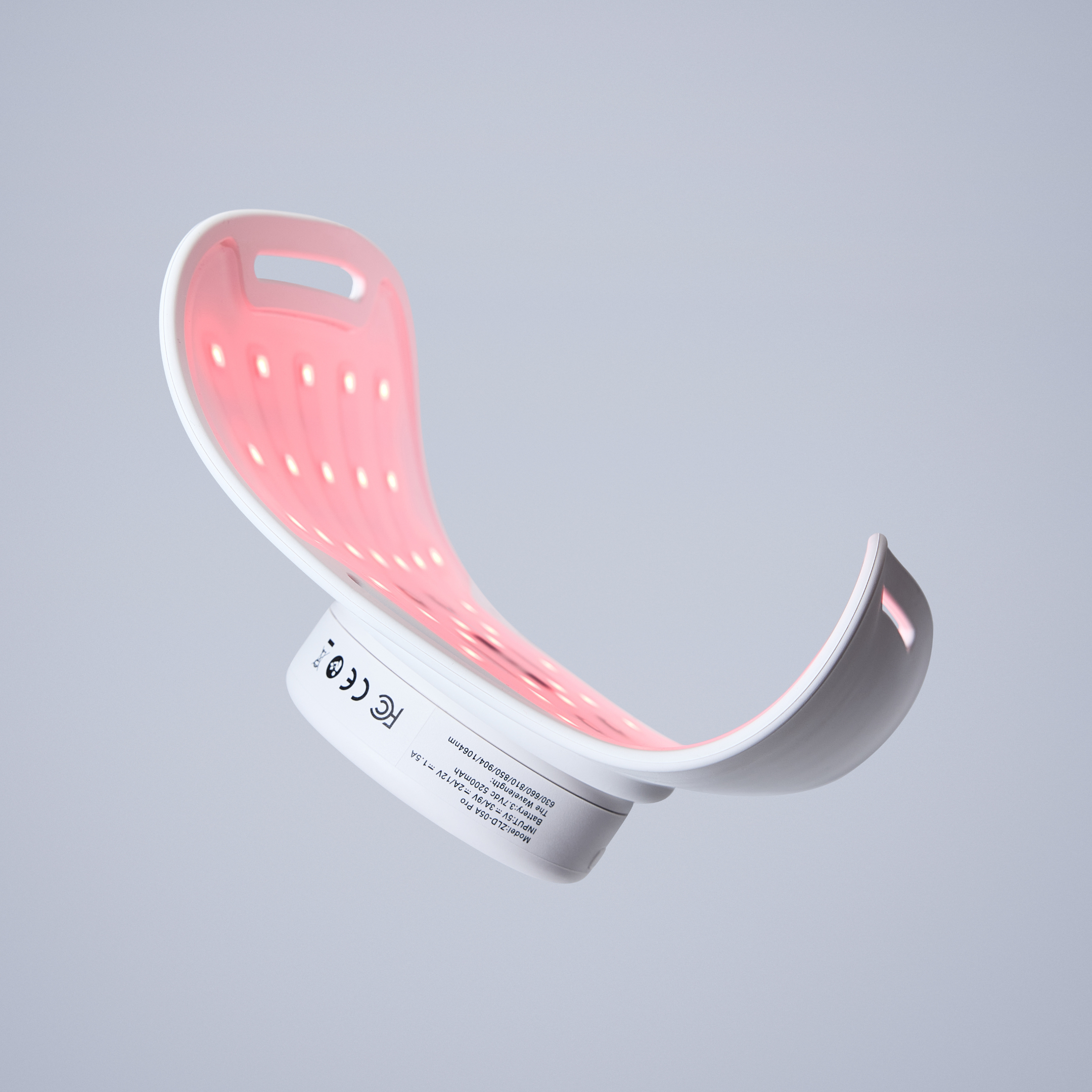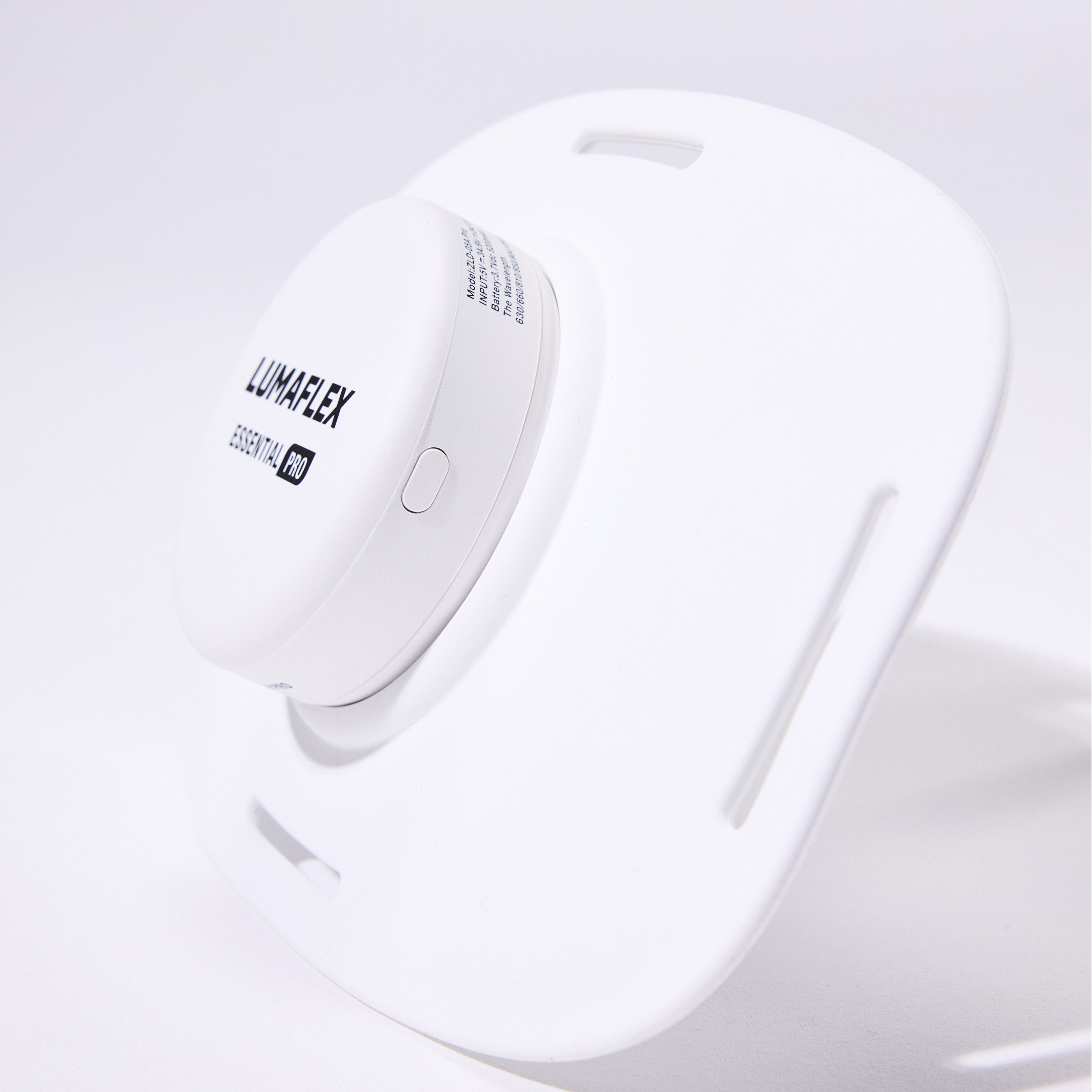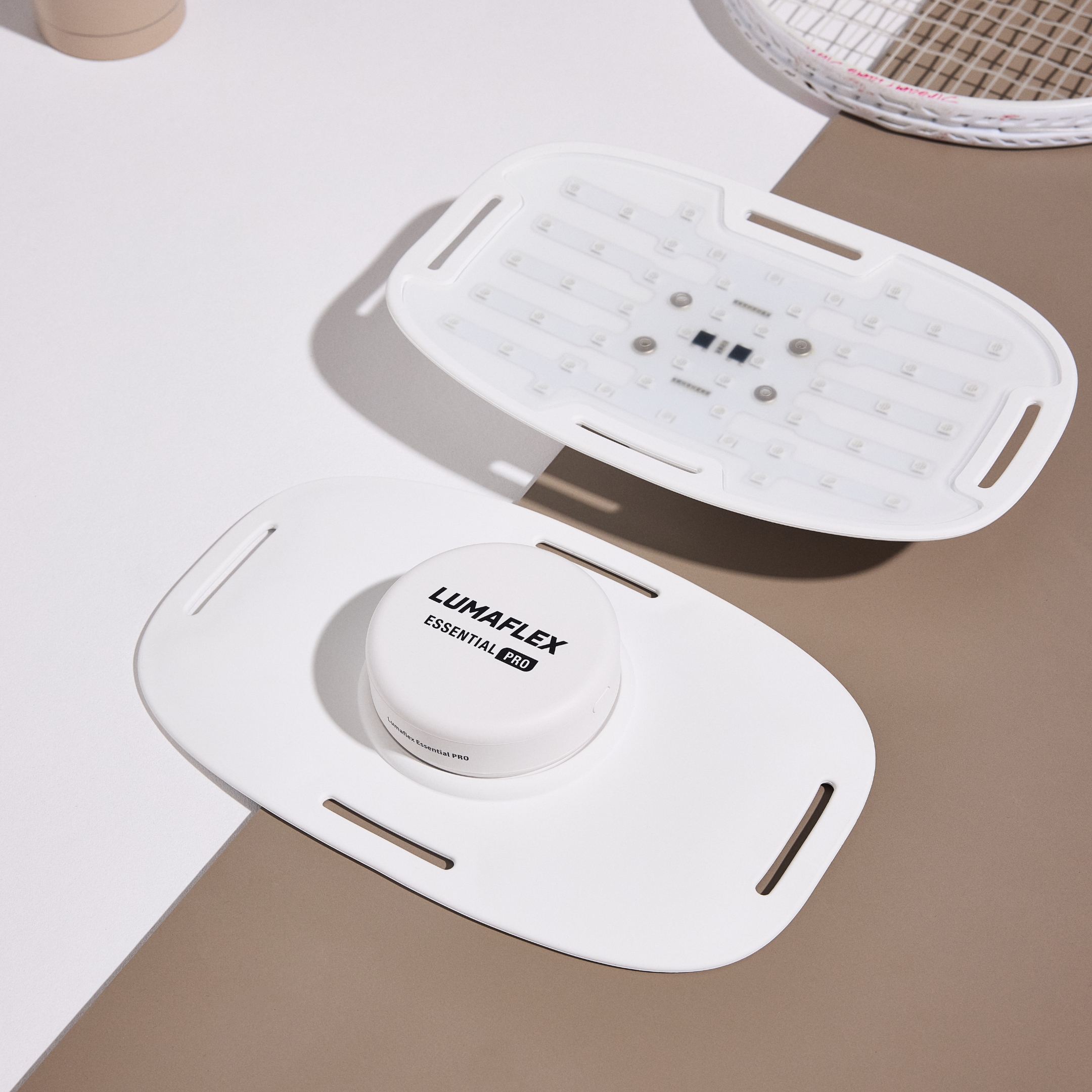Infrared Light Therapy for Pain Relief: At-Home 2025 Guide

Infrared Light Therapy for Pain Relief: 2025 Guide
Infrared light therapy for pain relief is becoming a trusted option for people who are tired of living around discomfort. Whether it’s a stiff back after hours at your desk, aching joints that make climbing stairs difficult, or sore muscles that linger after workouts, chronic pain can chip away at everyday life. Many rely on quick fixes like medication or heating pads, but these often provide only short-lived comfort.
What makes infrared therapy different is its ability to work below the surface. Clinical studies show that specific wavelengths reach deep into muscles and joints, helping reduce inflammation, improve circulation, and encourage natural healing. In 2025, you no longer need a clinic visit to experience these benefits. Portable solutions such as Lumaflex bring advanced, flexible therapy into your home, making lasting relief part of your routine.
Table of contents
Understanding Infrared Light Therapy for Pain Relief
Infrared light therapy is a treatment that uses invisible wavelengths of light to stimulate healing beneath the skin. Unlike visible red light, which mainly affects the surface, infrared light penetrates deeper into muscles, joints, and connective tissue. This ability to reach the root of discomfort is what makes it especially effective for pain relief.
The Three Types of Infrared Light
Infrared light comes in three ranges, each with its own role in therapy:
- Near infrared – helps with tissue repair and muscle recovery
- Mid infrared – supports circulation and provides soothing warmth
- Far infrared – promotes relaxation and reduces overall tension
When used together, these wavelengths calm inflammation and encourage natural healing.

How Infrared Therapy Feels in Real Life
Picture wrapping a warm compress around a sore shoulder. The heat lingers for a while but doesn’t reach deep enough to ease the stiffness. Infrared light feels different. Its gentle warmth extends beneath the surface, reaching the areas where discomfort begins. Many people describe a lasting sense of relief after sessions, whether they’re dealing with sore muscles or joint pain.
What Science Says About Infrared Therapy
Researchers have found that infrared light interacts with cells in several ways:
- Boosts circulation by improving blood flow and oxygen delivery
- Reduces inflammation in muscles and joints
- Supports tissue repair by giving cells more energy to heal
- Lowers oxidative stress that contributes to chronic pain
For someone living with arthritis, this can mean walking longer distances with less swelling. For an athlete, it might mean faster recovery between workouts. Even office workers report fewer aches when using infrared therapy after long hours at a desk.
Infrared vs Red Light: What’s the Difference?
Both red light and infrared therapy use low-level light to promote healing, but they work at different depths. Red light is more effective at the surface, often used for skin health and minor wounds. Infrared, on the other hand, penetrates deeper into muscles and joints, making it the better option for pain relief and recovery.
Making Infrared Therapy Part of Everyday Life
What once required a clinic visit is now available at home. Portable devices like Lumaflex deliver research-backed near infrared wavelengths through a flexible design that fits easily into daily routines. Whether it’s recovery after exercise, relief from joint stiffness, or support for ongoing pain, Lumaflex makes it practical to stay consistent and see real results.

Does Infrared Light Therapy Really Relieve Pain? The Evidence
Infrared light therapy is often described as promising, but what does the research actually show? Over the past two decades, dozens of clinical studies have tested its effects on conditions ranging from arthritis to muscle recovery. The results consistently point to one conclusion: near infrared light can make a measurable difference in pain relief and mobility.
Evidence from Clinical Studies
- Arthritis and joint pain: A 2022 research published in the South Florida Journal of Development found that patients with knee arthritis experienced significant pain reduction and improved flexibility after several weeks of near infrared therapy.
- Back pain: A 2006 randomized controlled trial reported that people with chronic low back pain had less discomfort and greater mobility after using near infrared devices compared to placebo groups.
- Neuropathy: Studies on peripheral neuropathy, often linked with diabetes, show that near infrared light can improve nerve function and decrease tingling or burning sensations.
- Muscle recovery: Athletes who used near infrared therapy after training reported less soreness and faster performance recovery.
These findings suggest that infrared light does more than provide temporary comfort. By improving circulation, reducing inflammation, and supporting tissue repair, it helps the body restore itself over time.
Real-World Relief
Beyond clinical trials, everyday users describe benefits that matter in daily life. Someone with arthritis might finally walk their dog again without constant knee pain. An office worker may notice fewer backaches after long hours at a desk once they add regular sessions to their routine. Athletes often find that using near infrared therapy after training makes recovery quicker and less painful.
Why Lumaflex Stands Out
Not all devices are created equal. For infrared therapy to be effective, the wavelength and power output need to fall within therapeutic ranges. Lumaflex delivers research-grade near infrared light, the same type tested in many of the clinical studies. Its lightweight and flexible design means users can integrate sessions at home, at the gym, or even while traveling, without relying on bulky equipment or clinical appointments.
Infrared light therapy is not a cure-all, but the evidence shows it can ease pain and improve mobility in a safe and non-invasive way. For many, it offers a practical alternative to medication or more aggressive treatments.

Types of Pain Infrared Therapy Can Help With
Infrared light therapy has been studied across a range of pain conditions. While results vary depending on severity and consistency, research and real-world use suggest it can support several common concerns.
Back and Neck Pain
Near infrared light penetrates deep enough to reach muscles and joints along the spine. Studies show that regular use can ease tension, improve circulation, and reduce stiffness. Many users describe being able to sit through long workdays or sleep more comfortably after a few weeks of sessions.
Joint Pain and Arthritis
Infrared therapy has been tested extensively for arthritis, particularly in the knees and hands. By reducing inflammation and improving mobility, it offers relief without medication. Someone with morning stiffness might find that daily sessions make it easier to move through their day without constant discomfort.
Muscle Soreness and Recovery
Athletes and active individuals often use infrared therapy after workout s. The light helps increase blood flow and accelerate tissue repair, which can shorten recovery time. A runner, for example, may notice less soreness after long-distance training when adding near infrared sessions to their recovery routine.
Nerve Pain and Neuropathy
Peripheral neuropathy, common in people with diabetes, can cause burning, tingling, or numbness in the feet and hands. Infrared therapy has been shown to improve nerve function and circulation, which can reduce these sensations. Consistent use may help people walk longer distances without discomfort.
Sports Injuries
Infrared therapy can support healing from sprains, strains, or overuse injuries by promoting circulation and reducing inflammation in damaged tissues. For athletes or fitness enthusiasts, a portable device like Lumaflex makes it easier to target sore joints or muscles immediately after training or competition.
While results vary depending on the person and condition, the evidence shows infrared therapy can bring meaningful relief for different kinds of pain. With portable options like Lumaflex, it becomes easier to stay consistent and experience those benefits in everyday life.
Best Infrared Light Therapy Devices for Pain Relief (2025 Reviews & Comparisons)
With so many devices on the market, it can be difficult to know which one actually fits your needs. Some excel at targeted relief, others at whole-body coverage, and a few balance convenience with clinical power. Here’s a closer look at the most effective options available in 2025.
Top Overall Device – Lumaflex Essential Pro
The newest release from Lumaflex, the Essential Pro, takes home use of near infrared therapy to another level.
Unlike most devices that lock you into a single wavelength, it lets users choose between settings for surface-level recovery or deeper tissue penetration.
This flexibility means it can adapt to everything from post-workout soreness to persistent joint stiffness.
Lightweight, portable, and built with medical-grade LEDs, it’s practical for everyday routines at home, at the gym, or while traveling.
Best Budget Option – dpl® Joint Wrap
The dpl Joint Wrap remains one of the most affordable ways to access infrared therapy. It targets knees, elbows, and other small joints with a snug design and reliable Deep Penetrating Light (DPL) technology. For under $200, it’s a good choice for people who want simple relief for joint aches without investing in a larger device.
Best Joint-Specific Wrap Device – Tommie Copper Pro-Grade Infrared Wrap
Tommie Copper’s wrap combines infrared therapy with its signature copper-infused fabric for comfort. It’s USB-rechargeable, easy to secure around knees or elbows, and runs on timed sessions. While not as versatile as larger panels, it offers focused relief for people who want targeted therapy on stubborn joints.
Best Full-Body Panel – MitoPRO X Series
For those who want professional-level power at home, the MitoPRO X panel delivers multiple therapeutic wavelengths, app control, and a wide coverage area. It’s ideal for users managing chronic pain across several areas or those integrating light therapy into full-body wellness routines. Its size and strength make it better suited for dedicated spaces rather than quick on-the-go sessions.
Best Portable/Travel Device – Vital Charge Handheld
The Vital Charge is a compact option that slips into a bag for travel or office use. With high irradiance and an auto-timer, it’s well-suited for spot treatments when convenience is key. Many users find it helpful for occasional soreness or when maintaining therapy routines while away from home.
Why Lumaflex Rises Above the Rest
Each of these devices has clear strengths, but Lumaflex stands out because it combines portability, flexibility, and advanced wavelength control in one system. The new Essential Pro gives users something most competitors can’t: the ability to adjust treatment depth based on their pain, without juggling multiple devices. That adaptability makes it a practical long-term investment for anyone serious about drug-free pain relief.
2025 Infrared Light Therapy Device Comparison
| Device | Best For | Key Features | Portability | Price Range | Why Consider It |
|---|---|---|---|---|---|
| Lumaflex Essential Pro | All-around use (joints, muscles, chronic pain) | Adjustable near-infrared wavelengths for surface or deep relief, medical-grade LEDs, flexible wearable design | Highly portable | Mid–high range | Versatile choice with customizable wavelength settings; adapts to multiple pain types |
| dpl® Joint Wrap | Budget-friendly joint relief | DPL technology, snug joint-specific wrap | Portable but joint-focused | Low range | Affordable entry-level device for arthritis and stiffness |
| Tommie Copper Pro-Grade Wrap | Targeted joint recovery | 660nm + 880nm LEDs, copper-infused fabric, USB-rechargeable | Portable for small joints | Low–mid range | Comfortable wrap designed for elbows, knees, and similar joints |
| MitoPRO X Panel | Full-body coverage | Multi-wavelength panel, app control, high irradiance | Stationary, requires space | High range | Professional-level power for chronic pain or whole-body wellness routines |
| Vital Charge Handheld | Travel & spot treatments | Compact handheld, high irradiance, auto-timer | Very portable | Mid range | Convenient option for on-the-go or quick localized therapy |
How to Choose the Right Infrared Device for Pain Relief
Choosing an infrared therapy device can feel overwhelming with so many options on the market. The best way to narrow it down is to look at a few key factors that influence both effectiveness and ease of use.
Wavelength and Intensity
Infrared light ranges across different wavelengths, but near infrared (around 800–1000 nm) is most often used for reaching muscles, joints, and deeper tissues. Intensity, or irradiance, affects how quickly you can complete a session while still getting results.
Coverage Area
Smaller devices like wraps and handhelds are useful for targeting localized pain such as knees, elbows, or the lower back. Larger panels or mats cover more surface area, which may be better for people managing multiple pain points at once.
Portability and Convenience
Consistency matters when it comes to light therapy. A portable device makes it easier to stick with treatments whether you’re at home, traveling, or fitting a quick session into your daily routine.
Safety and Certification
Look for devices that are FDA-cleared, free of UV rays, and designed for safe use over time. Trusted brands will typically highlight these features clearly.
For those who want flexibility without sacrificing effectiveness, devices like the Lumaflex Essential Pro offer adjustable settings while remaining portable enough for everyday use.

How to Use Infrared Light Therapy for Pain Relief
Getting results from infrared therapy isn’t complicated, but a few simple guidelines make the difference between occasional relief and long-term improvement.
Step 1: Find the Right Spot
Place the device directly over the area where you feel pain. For joint issues, positioning it close to the source works best. For muscle soreness, aim for even coverage across the affected area.
Step 2: Set Your Session Time
Most people benefit from 10–20 minutes per session. Short, regular use is often more effective than longer sessions done sporadically.
Step 3: Decide on Frequency
Infrared therapy can be used several times a week, and some users find daily sessions helpful during flare-ups or recovery periods. Always follow the device’s guidelines to avoid overuse.
Step 4: Build a Routine
Treatments tend to work best when they become part of your day. Many people find it easiest to add sessions after exercise, before bedtime, or while relaxing at home.
Using a portable devices makes it simple to move between areas and keep up with therapy without disrupting your schedule.
Infrared Light Therapy for Pain Relief: FAQs
Does infrared light therapy really work for pain?
Yes. Research shows that infrared light therapy can reduce inflammation, improve circulation, and ease pain from conditions such as arthritis, back pain, and neuropathy. Many users report greater mobility and less reliance on medication over time.
Is infrared light therapy safe for daily use?
Yes. Infrared therapy is drug-free, non-invasive, and free of UV rays. Most people can safely use it every day as long as they follow the recommended session length.
Is infrared light safe for pregnancy?
There is limited research on infrared therapy during pregnancy. For safety, it’s best to consult a healthcare provider before starting treatments while pregnant.
Does red light therapy work on dogs?
Yes. Veterinarians sometimes use red and infrared light therapy to help pets recover from joint pain, arthritis, and soft tissue injuries. Always use a device designed for animals or approved by your vet.
Is red light therapy good for eczema?
Red and near infrared light may help reduce inflammation and skin irritation linked to eczema. While some people notice improvement, results vary and more clinical research is still needed.
Is infrared therapy good for arthritis?
Yes. Clinical studies show it can ease joint stiffness, reduce swelling, and improve movement in people with arthritis. Consistent use tends to deliver the best results.
How soon can I expect results?
Some people feel relief within the first few sessions, particularly for sore muscles. Chronic conditions usually respond more gradually, with results building over several weeks.
Can infrared therapy replace pain medication?
Not entirely. Infrared therapy can complement traditional treatment and may reduce reliance on painkillers, but it should not replace prescribed medications without medical advice.
Can I travel with an infrared therapy device?
Yes. Portable devices are designed for use on the go. The Lumaflex Essential Pro is lightweight and flexible, making it easy to pack and continue treatments wherever you are.
Final Thoughts: Can Infrared Light Therapy Really Relieve Pain?
Infrared light therapy has earned its place as a trusted, non-invasive option for pain relief. Backed by clinical research and widely used for conditions ranging from arthritis to muscle recovery, it offers people a way to manage discomfort without drugs or invasive procedures.
For those who want an at-home option, the Lumaflex Essential Pro combines portability with adjustable near infrared wavelengths, making it a practical choice for everyday relief and long-term support.
Related Readings
- Red Light Therapy for Pain 101: Benefits and How It Works
- Transcranial Photobiomodulation: Pain Relief & Healing
- Red and Infrared Light Therapy with Lumaflex CEO, John Graham
- Want Relief From Pain? Just Add Light! with John Graham
- Red and Near-Infrared Light Therapy for Musculoskeletal Injuries
- Red Light Therapy for Nerve Repair: A Powerful Solution for Healing and Pain Relief
- At‑Home Remedies to Ease Endometriosis Ovulation Pain
- Red Light Therapy for Neuropathy: Pain Relief & Nerve Repair Guide
- How to Use Red Light Therapy for Eczema at Home This 2025
- Medical-Grade Red Light Therapy Devices for Pain Relief





